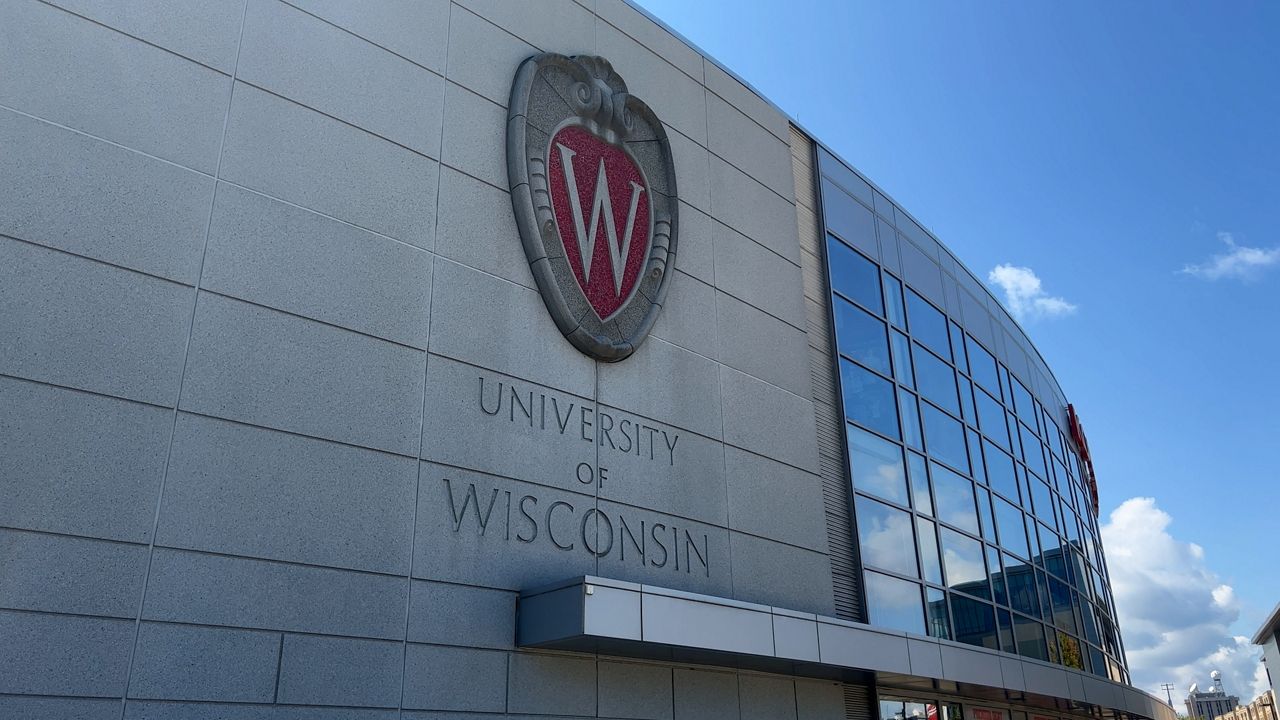MADISON, Wis. (SPECTRUM NEWS) — A newly-released report from Wisconsin’s Student Loan Debt Task Force is now on Gov.Tony Evers’ desk, highlighting recommendations for how to help Wisconsinites get out of student loan debt.
The first meeting to review them collectively is this week.
The eight recommendations include:
- Create a Borrower Bill of Rights and Student Loan Ombudsman
- Enhance proprietary school regulations and reinstate the Educational Approval Board
- Financial literacy education
- Increase need-based, targeted aid and create a statewide promise program
- Loan counseling
- Loan forgiveness
- Refinancing
- State student debt relief tax credit
“We looked at what we could do for people on the front end to help people not get into debt, what we could do while students were in school and taking on more debt, and what we could do with folks who were already in debt,” said DFI Secretary Kathy Blumenfeld.
The report shows Wisconsin currently has $24 billion in outstanding student loan debt. The Task Force has held listening sessions since last summer in Milwaukee, Green Bay, La Crosse, and Wausau to hear stories from people experiencing this hardship.
“We heard dire situations of people who felt like they were never going to get out of debt no matter what they did,” said Blumenfeld. “Knowing that 90% of student debt is federal, obviously the best case scenario would be reform at the federal level.”
For those already in debt, the secretary said reducing high interest rates and refinancing opportunities are being considered. The Task Force also looked at tax credits by studying what different states are offering around the country.
“Those that can’t re-finance are likely low-income, women, first generation students, veterans, and people of color,” said Blumenfeld. “We looked at all those ways to offer relief to those folks.”
The report shows while 9% of people with student loan debt who default in Wisconsin are in white communities, 25% are in communities of color. Furthermore, a study from the Institute on Assets and Social Policy at Brandeis University found that while the median white borrower from 1996 experienced a 94% decrease in their student loan balance over 20 years, the median Black borrower saw a 5% decrease in the same time frame.
“We wanted to look at some of rural areas where you can’t find minority teachers,” said Blumenfeld. “Is there a way we can provide some sort of loan forgiveness in exchange for a commitment to work in those areas?”
Blumenfeld also advocates for debt holders to work with a loan counselor.
Click here to find one closest to where you live. She adds only 51% of people file a FAFSA and on a list ranking the worst states, Wisconsin is 37 in the country. She said some people also don't realize that the largest group of student debt holders is senior citizens.
"Most people benefit from an income-driven repayment plan, but you have to take action to do that," she said. "You have to call your servicer and move into that plan."










)